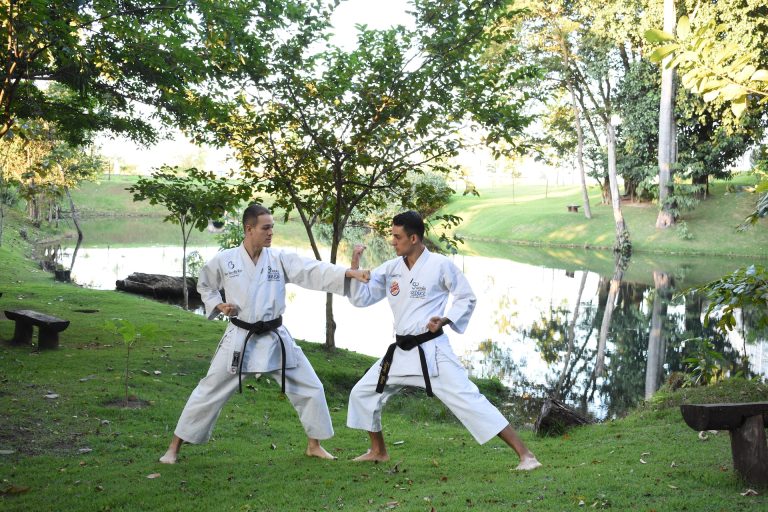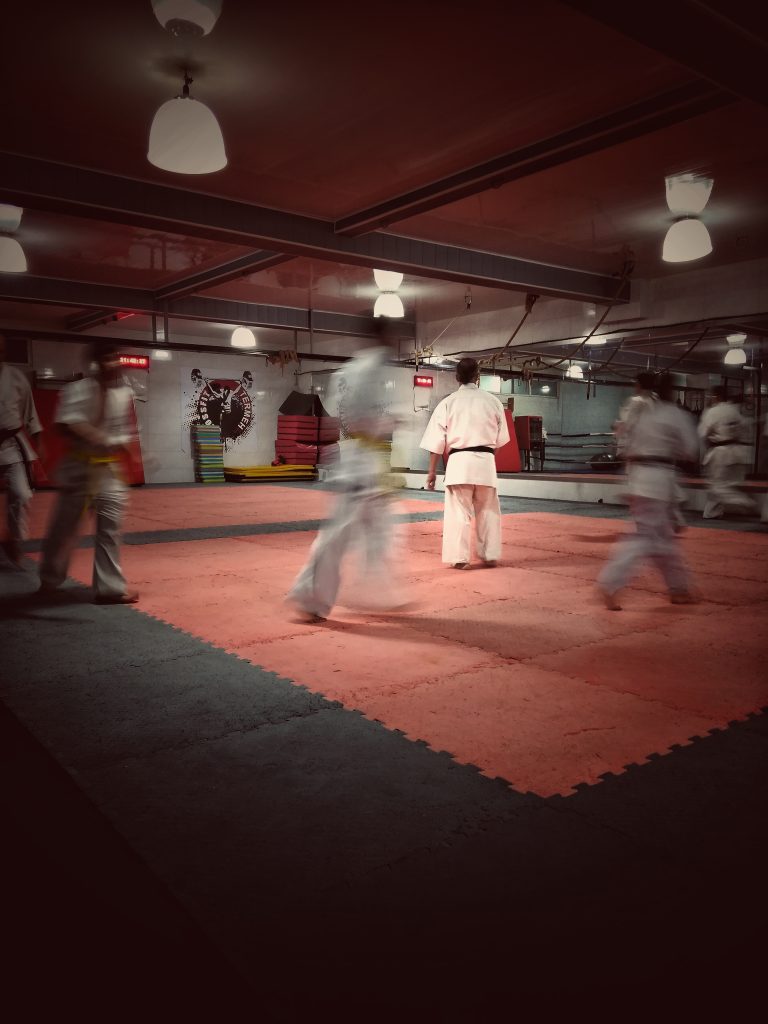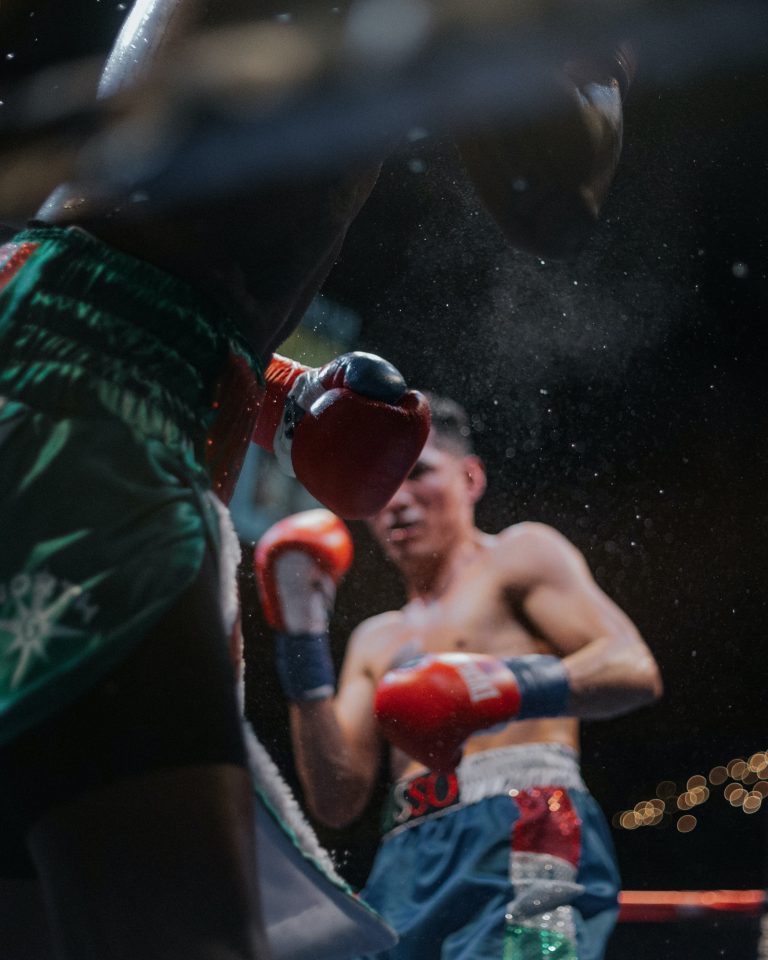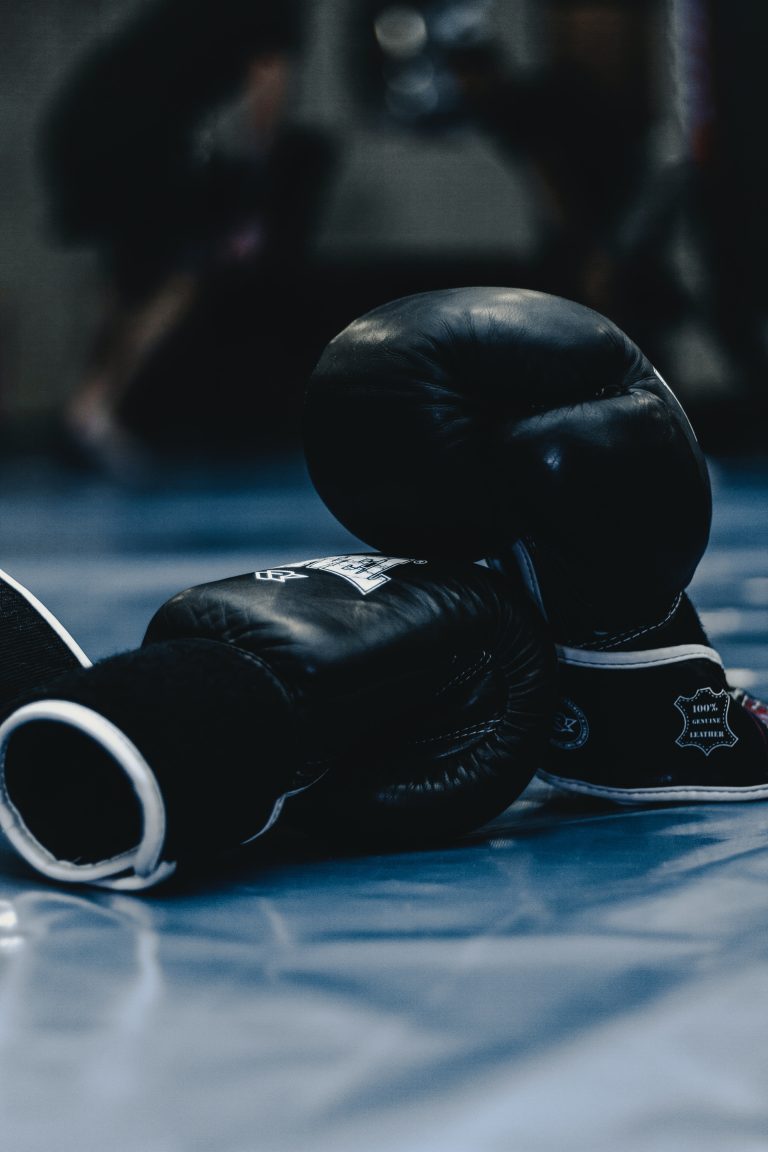Karate Gürtel Reihenfolge
Karate ist eine alte japanische Kampfkunst, die heute von Menschen auf der ganzen Welt praktiziert wird. Ramen Funakoshi wurde während seiner Lehrtätigkeit in Japan im 20. Jahrhundert berühmt für sein Vermächtnis, das heute als der Shotokan-Stil bekannt ist. Eine der bekanntesten Traditionen des Karate ist das System der Gürtel, das den Fortschritt des Schülers von einem Anfänger zum Meister markiert. In diesem Artikel werfen wir einen Blick auf die Reihenfolge der Karate Gürtel.
Die Farben der Gürtel
Das System der Karate Gürtel besteht aus verschiedenen Farben, wobei jede Farbe den Fortschritt des Schülers hervorhebt. Hier sind die Farben der Gürtel in aufsteigender Reihenfolge, beginnend mit dem Anfängergürtel:
– Weiß
– Gelb
– Orange
– Grün
– Blau
– Braun
– Schwarz
Die Bedeutung der Farben
Jede Farbe hat eine symbolische Bedeutung, die den Fortschritt des Schülers im Karate kennzeichnet. Hier sind die Bedeutungen der verschiedenen Gürtelfarben:
– Weiß: Der weiße Gürtel symbolisiert Unschuld und den Anfang.
– Gelb: Der gelbe Gürtel zeigt, dass der Schüler beginnt, die grundlegenden Techniken des Karate zu erlernen.
– Orange: Der orangefarbene Gürtel zeigt, dass der Schüler weiterhin Fortschritte macht und tiefer in die Techniken des Karate eintaucht.
– Grün: Der grüne Gürtel symbolisiert Wachstum und Fortschritt.
– Blau: Der blaue Gürtel zeigt, dass der Schüler ein fortgeschrittenes Niveau erreicht hat und sich auf die höheren Gürtel vorbereitet.
– Braun: Der braune Gürtel symbolisiert Stärke und das Erreichen eines hohen Niveaus im Karate.
– Schwarz: Der schwarze Gürtel ist der höchste Gürtel im Karate und zeigt, dass der Schüler ein Meister seines Handwerks geworden ist.
Wie lange dauert es, einen Gürtel zu bekommen?
Es gibt keine festgelegte Zeit, um einen Gürtel im Karate zu bekommen. Wie lange es dauert, einen Gürtel zu bekommen, hängt von verschiedenen Faktoren ab, wie z.B. wie oft der Schüler trainiert und wie schnell er Fortschritte macht. In der Regel müssen Schüler eine bestimmte Anzahl von Prüfungen bestehen, um einen neuen Gürtel zu erhalten. Die Anzahl der Prüfungen und der Zeitraum zwischen den Prüfungen werden vom Karate-Verband oder -Lehrer des Schülers bestimmt.
Fazit
Die Reihenfolge der Karate Gürtel ist ein wichtiger Teil der Karate-Tradition und zeigt den Fortschritt des Schülers von einem Anfänger zum Meister. Jeder Gürtel hat eine symbolische Bedeutung, die den Fortschritt des Schülers kennzeichnet. Es dauert jedoch verschiedene Zeiträume, um einen Gürtel im Karate zu bekommen, und hängt von verschiedenen Faktoren ab. Unabhängig davon ist das Karate Gürtel-System ein wichtiger Teil der Karate-Tradition und eine der bekanntesten Traditionen dieser Kampfkunst.
The Most Frequently Asked Questions About Karate Belt Ranking System
Karate is a martial art that has its roots in Japan, and it is popular all over the world. The belt ranking system is a crucial aspect of karate, and it signifies the skill level of the practitioner. Many karate students have questions about the karate belt ranking system, and in this blog post, we will answer some of the most frequently asked questions.
1. How many levels of belts are there in karate?
There are typically ten levels of belts in karate, ranging from white to black. White is the beginner level, and black is the highest level. Within each level, there may be different degrees or stages of the belt, depending on the karate style.
2. How long does it take to get a black belt in karate?
The time it takes to earn a black belt in karate varies widely depending on the individual’s dedication, frequency of training, and the instructor’s standards. In general, it can take several years of consistent training and practice to earn a black belt.
3. What is the significance of the different belt colors?
In karate, the belt color signifies the level of proficiency and experience of the practitioner. White signifies purity and innocence, while black signifies mastery and perfection. The colors in between represent the different stages of learning and growth.
4. What is the difference between a kyu belt and a dan belt?
In karate, the kyu belts signify the beginner and intermediate levels, while the dan belts signify the advanced levels. The kyu belts are usually colored, while the dan belts are black. The number of degrees within each dan rank varies depending on the karate style.
5. What is the purpose of the karate belt ranking system?
The karate belt ranking system serves several purposes. It provides a clear path for students to follow as they progress in their training, it motivates them to continue practicing and improving, and it helps instructors to evaluate their students‘ skills and provide appropriate feedback.
6. How are students promoted to a higher level of belt?
Promotions to higher levels of belt are typically based on the student’s demonstration of competence in skills such as kata, kumite, and kihon. In most cases, students must also demonstrate the proper attitude, discipline, and character expected of a higher-level practitioner.
7. What should I do if I don’t agree with my instructor’s assessment of my skills?
If you disagree with your instructor’s assessment of your skills, it is essential to communicate your concerns respectfully and openly. Listen to their feedback and work to address any areas of weakness or improvement they identify. If you feel your instructor is being unfair or biased, you can seek a second opinion from another qualified instructor.
8. Can I skip levels of belts in karate?
It is highly unlikely to skip levels of belts in karate, as every belt level represents a specific stage of learning and skill development. It is essential to progress through each level of belt gradually, building upon your skills and knowledge as you go.
9. Do all karate schools use the same belt ranking system?
While most karate schools use the traditional ten-level belt ranking system, some may have differences in their interpretation or application of the system. It is essential to understand the specific requirements and standards of your particular karate school.
10. How can I prepare for a karate belt promotion test?
To prepare for a karate belt promotion test, you should focus on practicing your kata, kumite, and kihon regularly. Train regularly with a qualified instructor, and seek feedback on areas where you need improvement. Pay attention to your attitude, discipline, and character as well.
Conclusion
The karate belt ranking system is an essential aspect of karate, and it signifies the skill level of the practitioner. In this blog post, we answered some of the most frequently asked questions about the karate belt ranking system. Whether you are a beginner or an advanced practitioner, understanding the significance and purpose of the belt ranking system can help you stay motivated and focused on your training.
Inhaltsverzeichnis






